Chard or Swiss chard is a vegetable appreciated for its leaves and stems.
Key Chard facts
Name – Beta vulgaris
Family – Chenopodiaceae
Type – biennial, vegetable
Height – 12 to 20 inches (30 to 50 cm)
Exposure – full sun, part sun
Soil – rather rich and acidic
Sowing: spring – Planting distance: 16″ / 40 cm – Harvest: summer, fall
It has other names like silverbeet, perpetual spinach or seakale beet.
This biennial is much appreciated for all its parts, leaf and stalk, and for the fact that it is one of the vegetables with the highest fiber content.
Sowing and planting chard
Chard is a vegetable that can be equally easily sown in spring or planted a bit later, until the beginning of summer, if you’ve purchased it in nursery pots.
Sowing chard
If you wish to start from seed, better to sow from March to June in a nursery for areas where the winter climate is cold and in situ in milder climates.
- Take care that it doesn’t freeze anymore, or protect them with a plastic tunnel greenhouse if there is any risk.
- Sow your chard in rows, more or less ½ inch (1 to 2 cm) deep with about 4-5 seeds every 16 inches (40 cm).
- For nursery-sown seedlings, transplant to their growing bed as soon as 4 or 5 leaves have formed, spacing plants 12 to 16 inches (30 to 40 cm) apart on all sides.
- For seedlings sown directly in the plot, thin and only keep the most impressive sprout as soon as the first leaves appear.
Planting chard
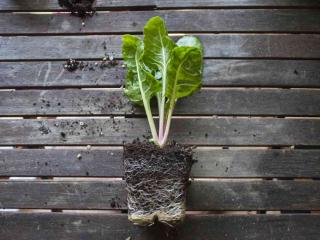
- Water regularly after planting.
Young chard plants might be attacked by black aphids:
Harvesting chard
Usually the harvest season for chard extends from July up to the first frost spells, depending on the time of sowing, planting, and on your needs.
You can plan on harvesting chard around 2 months after sowing.
- Cut or break off the stalks at ground level.
- Select the larger stalks first.
Chard in winter
Before the first frost spells
- Best is to protect your chard from the cold.
- Ridge up a small mound of soil around the chard, up to where the leaves are.
- Cover everything with thick dried leaf mulch.
Chard after winter
- Remove the dried leaf cover at the end of winter to reveal the leaves.
- You can start harvesting your chard stalks again.
All there is to know about chard
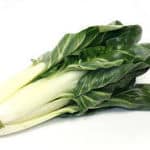
Its leaves and stems alike are appreciated, since both boast a delicate taste that gourmet chefs can’t find anywhere else. France, the country where culinary arts are nearly a religion, is actually the world’s largest chard produce.
Chard belongs to the same family as red beets, and it can be eaten both cooked or raw, just like spinach.
Its taste is a bit sweet, and in the South of France, near the city of Nice, chard is a vegetable that appears almost in every dish of this Mediterranean diet. It is cooked there in omelets, baked with cheese, added to pies and even desserts!
The most common varieties are ‘Fordhook giant’, ‘Verte a carde blanche’, ‘Bright Lights’, with yellow or red ribs, ‘Ruby Chard’ with red ribs or silverbeet, ‘Golden’.
Health benefits of chard
The many health benefits and therapeutic properties of silverbeet are often unknown to the public at large.
Low in calorie intake and rich in fibers, it is a great source of vitamins C and A, iron and magnesium, which makes it an excellent vegetable for fighting drowsiness.
Chard eases transit and has diuretic and laxative effects on our body.
- Read also: growing, care and harvest of silverbeet
Smart tip about chard
Chard loves it when the soil is kept cool and moist. Remember to mulch in summer to keep the soil cool.


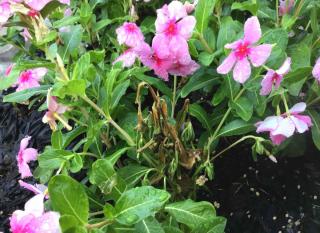
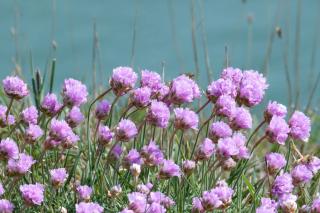
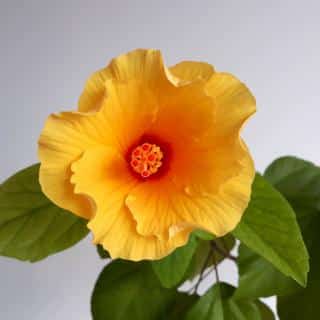
I have a question
Ask my questionI'd like to comment
Post a commentNo comments yet – be the first to share your thoughts!